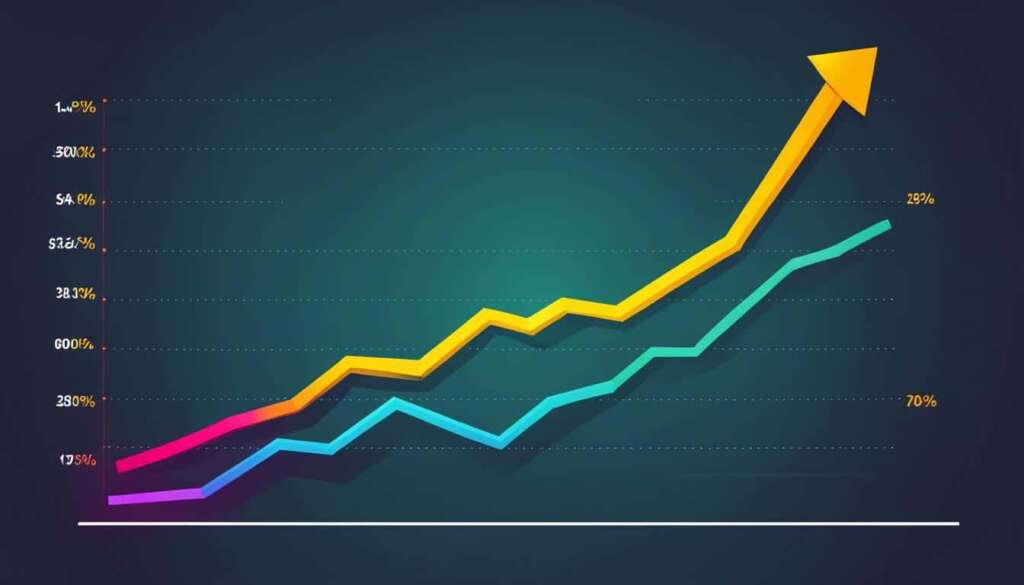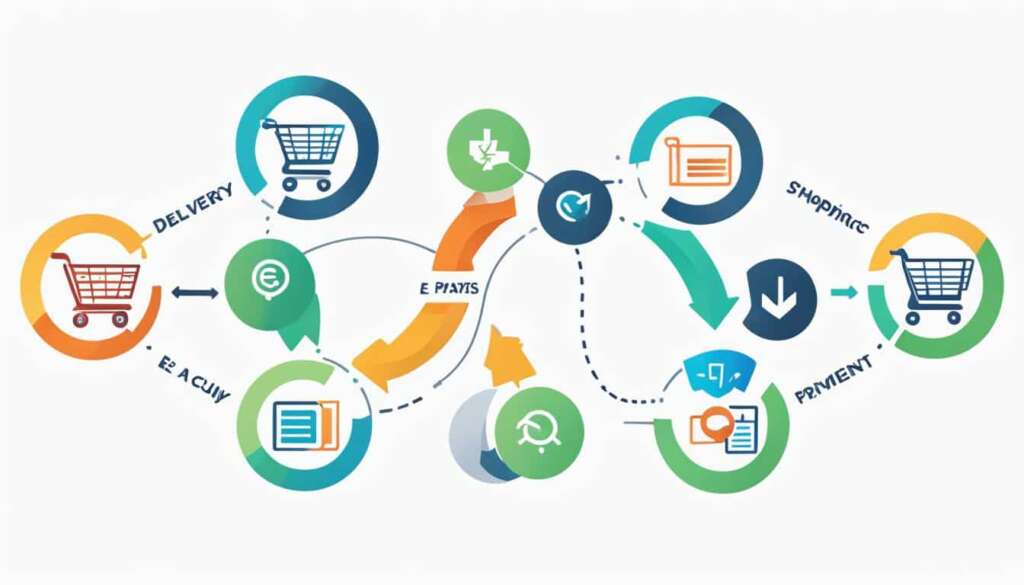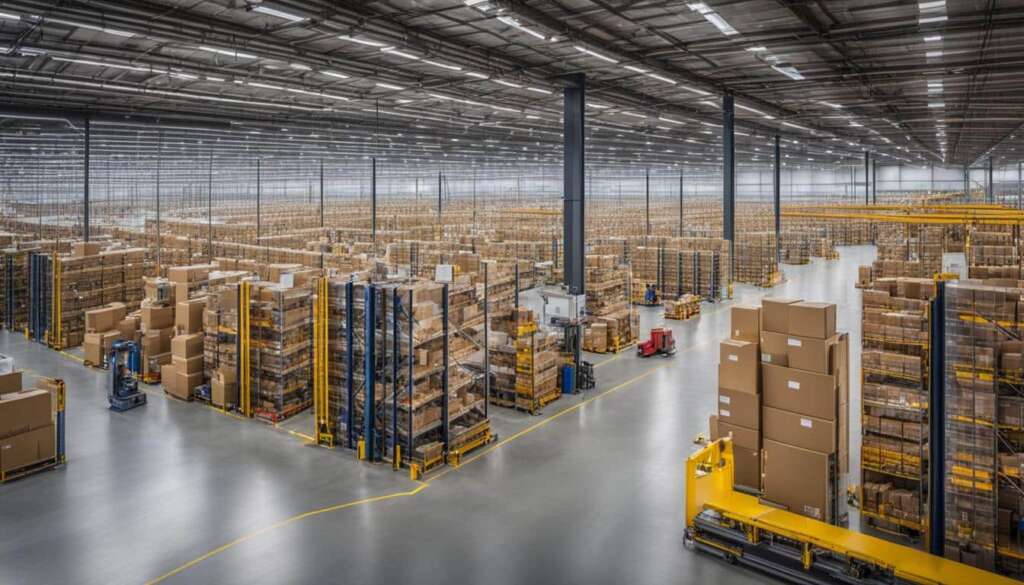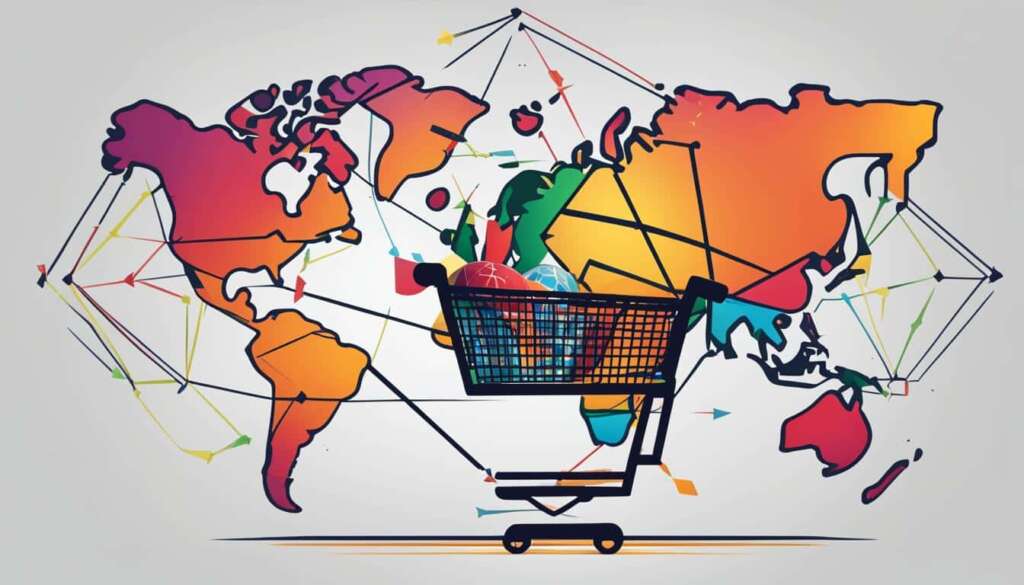Table of Contents
E-commerce has revolutionised the way we shop, making it easier and faster for consumers to purchase products and services online. This has led to an increase in revenue for retailers, as their e-commerce websites can reach customers globally. E-commerce platforms cater to different needs and provide options for selling physical products, subscriptions, and other non-physical items. Consumers can also participate in e-commerce by selling their personal goods to others.
The social consequences of e-commerce include improved accessibility for individuals with mobility limitations or limited access to physical stores, as well as the ability to purchase products not available in their country. Additionally, e-commerce offers value to customers through reward systems, discounts, and the option to save money by purchasing online. Good service provision, ease of use, and strong security measures are also crucial for successful e-commerce.
When it comes to maximising online sales, understanding the e-commerce landscape and leveraging the right strategies is essential. In this article, we will explore the impacts of e-commerce on society, the economic and social consequences, and the hardware and software required for successful e-commerce operations.
Impacts of E-Commerce on Society
E-commerce has significantly impacted society, reshaping the way people live and shop. With the convenience of online shopping, e-commerce has improved accessibility for individuals with mobility limitations or limited access to physical stores. Now, anyone can buy products and services without leaving the comfort of their homes or facing physical barriers.
E-commerce platforms like Amazon have played a key role in expanding the global reach of products and services. By allowing businesses to sell internationally, these platforms have eliminated boundaries and opened up new opportunities for consumers around the world. People in different countries can now purchase products that were previously unavailable to them, making the global marketplace more accessible than ever before.
The social consequences of e-commerce go beyond accessibility. E-commerce provides value to customers in various ways. Reward systems, discounts, and the option to save money by purchasing online are just a few examples. Consumers can take advantage of these benefits while enjoying the convenience of shopping from anywhere and at any time.
To ensure a positive online shopping experience, e-commerce platforms must prioritize good service provision, ease of use, and strong security measures. This includes efficient customer support, user-friendly interfaces, and robust data protection systems. By implementing these measures, e-commerce platforms can maintain customer satisfaction and safety.
“E-commerce has changed the way people shop, making it more accessible and convenient. It has opened up new opportunities and simplified the buying process for consumers worldwide.”
Overall, e-commerce has had profound social consequences, facilitating accessibility and enriching the lives of consumers. Through e-commerce, individuals can explore a global marketplace, access a wide range of products, and enjoy the convenience of online shopping.
Economic and Social Impact of E-Commerce
E-commerce has had a profound impact on both the economy and society. From an economic perspective, the rise of e-commerce has resulted in the closure of many physical stores as they face increased competition from online retailers. This has unfortunately led to job losses in the traditional retail sector. However, it is important to note that e-commerce has also created new employment opportunities in different areas.
One of the areas where new jobs have emerged is in warehousing and fulfillment. As e-commerce continues to grow, there is a greater need for workers to handle and process online orders. This includes tasks such as inventory management, packaging, and shipping. These new employment opportunities in fulfillment centers and warehouses have helped offset some of the job losses in traditional retail.
The impact of e-commerce on high street employment is complex. While there are job losses in some areas, there are also new jobs being created in others. This shift in employment from one sector to another highlights the need for the retail model to adapt to the challenges posed by e-commerce. Retailers need to find innovative ways to stay competitive in the digital age and retain their workforce.
On the social front, e-commerce has had a significant impact on accessibility and convenience for consumers. With the ability to shop from anywhere and at any time, consumers no longer need to rely solely on physical stores. This has improved accessibility, particularly for individuals with mobility limitations or limited access to physical retail locations.
Furthermore, e-commerce has changed consumer behavior and expectations. Personalized experiences and value-added services have become increasingly important. Consumers now expect tailored recommendations, intuitive interfaces, and efficient customer service. E-commerce platforms strive to meet these expectations, enhancing the overall shopping experience.
E-commerce has transformed the way we shop, bringing both economic opportunities and social changes. While it has led to the closure of some brick-and-mortar stores, it has also created new jobs and improved accessibility for consumers. The impact on high street employment is complex and requires adaptability from the retail industry. Overall, e-commerce continues to shape our society, providing convenience and personalized experiences for shoppers.

Benefits of e-commerce:
- Improved accessibility for consumers
- Creation of new employment opportunities
- Convenience of shopping anytime and anywhere
- Personalized experiences and value-added services
Challenges of e-commerce:
- Job losses in traditional retail sector
- Complex impact on high street employment
- Need for retail industry to adapt and innovate
Hardware and Software of E-Commerce
E-commerce relies on specific hardware and software to operate effectively. Web servers are critical components that store, process, and deliver web pages to clients. They provide the infrastructure for e-commerce websites and are responsible for their speed and functionality. Web servers require configuration log file settings, including security measures such as user accounts and IP address restrictions. For e-commerce businesses, having a secure and navigable website is essential to provide a positive user experience.
Various hardware components are needed to build and operate computers for e-commerce activities. Processors, graphical processing units (GPUs), and motherboards are key elements that contribute to the processing power and graphical capabilities required for running e-commerce operations. The cost of these hardware components can vary depending on the desired specifications.
When it comes to software, e-commerce platforms rely on robust and reliable applications to manage various aspects of online shopping. Shopping cart software, inventory management systems, and payment gateways are just a few examples of the software solutions integrated into e-commerce websites.
Web Servers
Web servers play a crucial role in the functioning of e-commerce websites. They ensure that web pages load quickly and efficiently, enabling smooth transactions for online shoppers. Setting up the server involves configuring log file settings and implementing security measures to protect customer data and prevent unauthorized access. By investing in reliable web servers, e-commerce businesses can provide a seamless user experience and build trust with their customers.
Hardware Components
The hardware components used in e-commerce activities vary depending on the requirements of the business. Processors, GPUs, and motherboards are essential for running the necessary software and handling the processing power necessary for e-commerce operations. Each component contributes to the overall performance and capabilities of the computer system used in e-commerce.
“Having powerful hardware components ensures that e-commerce websites can handle high traffic, process transactions quickly, and provide a satisfying user experience.”
– Expert in e-commerce hardware
Software Solutions
E-commerce platforms rely on a wide range of software solutions to manage various aspects of online shopping. Shopping cart software allows customers to add products to their virtual carts and proceed to checkout. Inventory management systems help businesses keep track of their stock levels and ensure that products are available for purchase. Payment gateways facilitate secure transactions, encrypting customer data to safeguard sensitive information.
By using reliable and efficient software solutions, e-commerce businesses can streamline their operations, provide a smooth shopping experience, and ensure the security of customer transactions.
E-commerce Hardware and Software Table
| Component | Description |
|---|---|
| Web Servers | Store, process, and deliver web pages to clients, ensuring speed and functionality |
| Processors | Handle the computational tasks required for e-commerce operations |
| Graphical Processing Units (GPUs) | Enable high-quality graphics for e-commerce websites |
| Motherboards | Connect and coordinate all hardware components in an e-commerce computer system |
| Shopping Cart Software | Allow customers to add products and proceed to checkout |
| Inventory Management Systems | Help businesses track stock levels and manage product availability |
| Payment Gateways | Facilitate secure and encrypted transactions |
Investing in the right hardware and software is essential for the success of e-commerce businesses. Reliable web servers, powerful hardware components, and secure software solutions contribute to providing a positive user experience and ensuring the smooth operation of online stores.
Conclusion
E-commerce has revolutionized the way we shop, allowing consumers to make online purchases and giving businesses unprecedented access to a global customer base. The social impact of e-commerce is evident in the improved accessibility it provides, enabling consumers to buy products from anywhere at any time. Customers also benefit from reward systems and discounts, enhancing the value they receive. At the same time, the economic consequences of e-commerce are twofold. While some physical stores have closed due to increased competition, e-commerce has also generated new employment opportunities in the online retail sector.
The hardware and software necessary for e-commerce play a vital role in its success. Web servers serve as the backbone, storing and delivering web pages to clients. Security measures, such as user accounts and IP address restrictions, ensure the protection of e-commerce websites. In conjunction, hardware components like processors, graphical processing units (GPUs), and motherboards power the computers used for e-commerce operations. The selection and configuration of these components contribute to the speed, functionality, and security of online businesses.
Overall, e-commerce continues to shape the way we do business and maximize online sales. This dynamic industry is not only transforming the shopping experience but also driving changes in employment patterns and economic landscapes. By leveraging e-commerce platforms and investing in the appropriate hardware and software, businesses can thrive in the digital marketplace and capitalize on the vast opportunities presented by online sales.
FAQ
How has e-commerce impacted society?
E-commerce has improved accessibility, allowing individuals with limited access to physical stores to shop online. It has also expanded the reach of products and services globally.
What are the economic and social impacts of e-commerce?
E-commerce has led to the closure of some physical stores and job losses in the traditional retail sector. However, it has also created new employment opportunities and changed consumer behavior and expectations.
What hardware and software are required for e-commerce?
Web servers are critical for e-commerce websites, providing the infrastructure and speed. Processors, GPUs, and motherboards are needed for building and operating computers for e-commerce activities.













